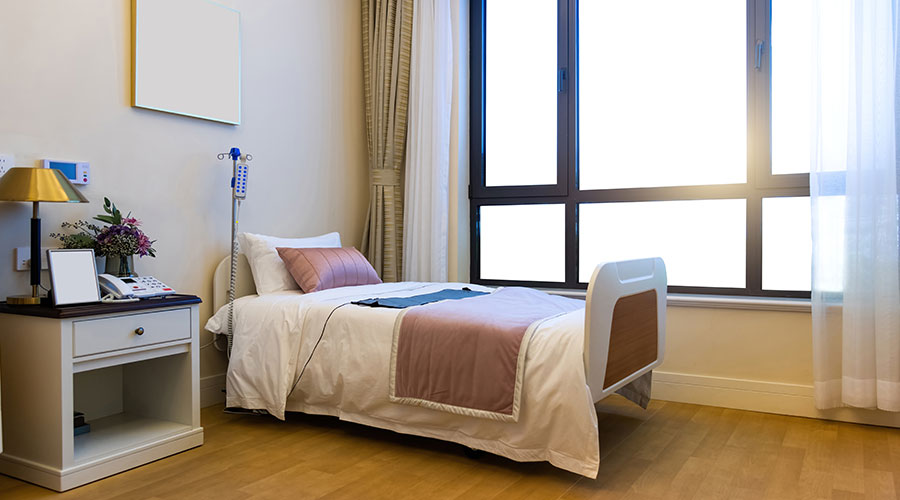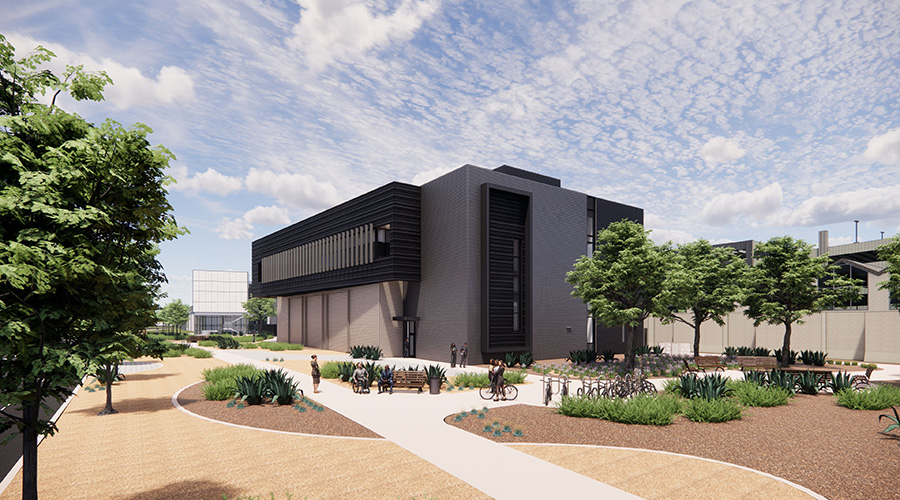A recent survey from the American Health Care Association (AHCA) captures the scope of concern among nursing home providers about possible Medicaid reductions. The data shows both the current funding gap and the major operational impacts cuts could cause.
According to the survey, two-thirds of providers report Medicaid reimbursement comprises under 80 percent of care costs. Eleven percent of providers receive less than 50 percent of costs covered. Underfunding is already straining facilities, specifically rural and single-site operators. Essentially, these facilities are providing care at a loss with many of them running on thin margins already. If cuts were to happen, the gap between the costs to care for residents and what the facilities are reimbursed would widen more.
Ninety-two percent of providers surveyed were concerned about potential reductions. This includes 79 percent who are “extremely” concerned and 13 percent who are “moderately” concerned.
Related Content: States Move Forward to Better Protect Senior Citizens
Fifty-eight percent of providers would reduce staff and 44 percent would enact hiring freezes if cuts to Medicaid were made. Any sort of progress towards workforce recovery would stall or reverse if the reductions happen. Nursing homes already contend with chronic staffing shortages, meaning further cuts wouldn’t only harm operations, but the quality and timeliness of resident care as well.
Additionally, 77 percent of providers would defer modernization projects (e.g., capital improvements, new technology). This is because any existing funding gaps would be worsened by cuts to Medicaid, further delaying necessary upgrades to these facilities.
Funding gaps from potential cuts would mean less facility investments, limited care capacity and an increase in staffing shortages. Overall, it would create a perfect storm of issues for already struggling nursing home providers, making their operations more difficult or even cease to exist.
Jeff Wardon, Jr., is the assistant editor of the facilities market.

 Grounding Healthcare Spaces in Hospitality Principles
Grounding Healthcare Spaces in Hospitality Principles UC Davis Health Selects Rudolph and Sletten for Central Utility Plant Expansion
UC Davis Health Selects Rudolph and Sletten for Central Utility Plant Expansion Cape Cod Healthcare Opens Upper 2 Floors of Edwin Barbey Patient Care Pavilion
Cape Cod Healthcare Opens Upper 2 Floors of Edwin Barbey Patient Care Pavilion Building Sustainable Healthcare for an Aging Population
Building Sustainable Healthcare for an Aging Population Froedtert ThedaCare Announces Opening of ThedaCare Medical Center-Oshkosh
Froedtert ThedaCare Announces Opening of ThedaCare Medical Center-Oshkosh